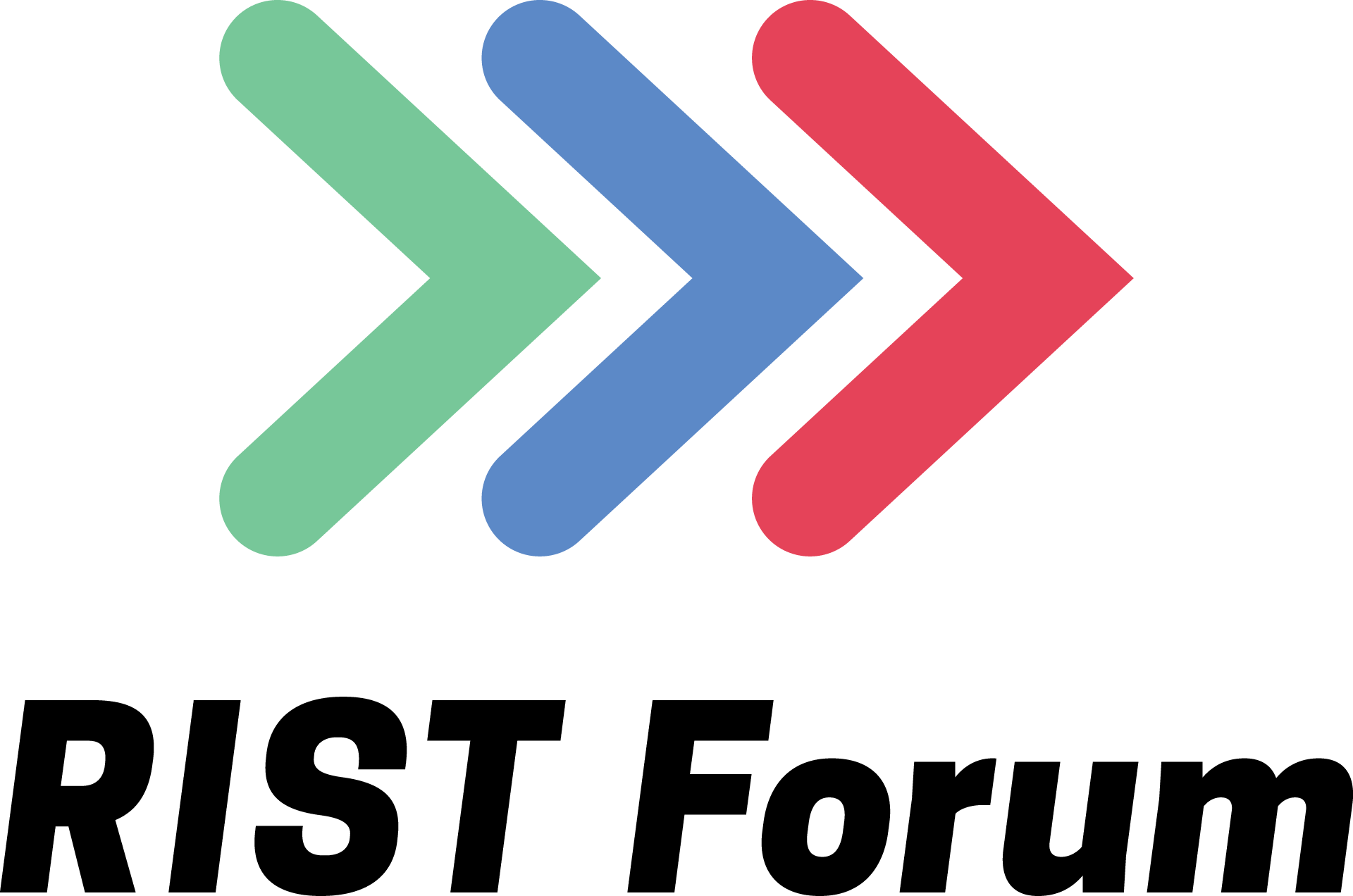Taking Sports to the World
Sergio Ammirata Ph.D, SipRadius – RIST Forum Member
The second Sunday of each year sees a sporting event which, while it is quintessentially American, reaches a worldwide television audience bigger than any other broadcast. The sports body behind the big game actively encourages international television coverage and provides commentary booths for foreign rights holders.
It has strived to find better ways of servicing these broadcasters, and for an extended period running up to the 2024 event it worked with SipRadius to find a better way of serving them. The idea was to provide multiple feeds, including statistics and alternative angles as well as the live broadcast feed.
Making Live Action ‘Live’
The challenge was that the live broadcast feed had to be as close to real time as possible. When the commentator can look up and see the action live, you want absolutely minimal latency on the video feeds. It also means that the foreign language commentaries will marry up with the broadcast pictures without needing to add delays.
Alongside ultra-low latency, the specification insisted that it had to be simple because there was no time for training the overseas broadcast teams. It had to be simple to rig, the pictures had to be extremely sharp, content security was vital, and of course the budget was tight.
Quality Assurance with RIST
SipRadius demonstrated its streaming solution, and showed how it could serve multiple users and achieve glass-to-glass latencies of around 100ms. Quality was assured with a high bitrate codec in a RIST stream. Reception in the commentary boxes used a simple terminal, built by SipRadius using a Raspberry Pi processor.
The French broadcaster wanted to do its commentary from offsite, so needed a feed over the Internet. Even over an uncontrolled network, the latency was under a second.
The architecture of the SipRadius RIST streaming service allowed it to scale readily to any number. Having demonstrated that the service worked perfectly for the commentary booths, the sport’s organizing body asked if the same technology could be used to feed the VIP boxes around the stadium. That was simply achieved by adding more devices to the network. By the day of the game, there were more than 60 hardware devices connected to the streaming network.
Executives and senior staff then asked if they could see the feed, too. Authorized users connected their laptops to the network and saw the content through a web browser. From the initial request to provide feeds for other rights holding broadcasters, the scope of the streaming delivery grew, often through requests on site in the days leading up to the event.
A Showpiece to the World
The fact that additional users could be served so readily is a very clear demonstration of the way that the SipRadius RIST streaming environment can quickly scale, cascading nodes if required, and feed both local networks and the public Internet. Security and accreditation are built in to protect this very high value content.
Most importantly, it delivered on the key requirement of high quality and low latency distribution of multiple feeds to take one of America’s sports showpieces to the world.
